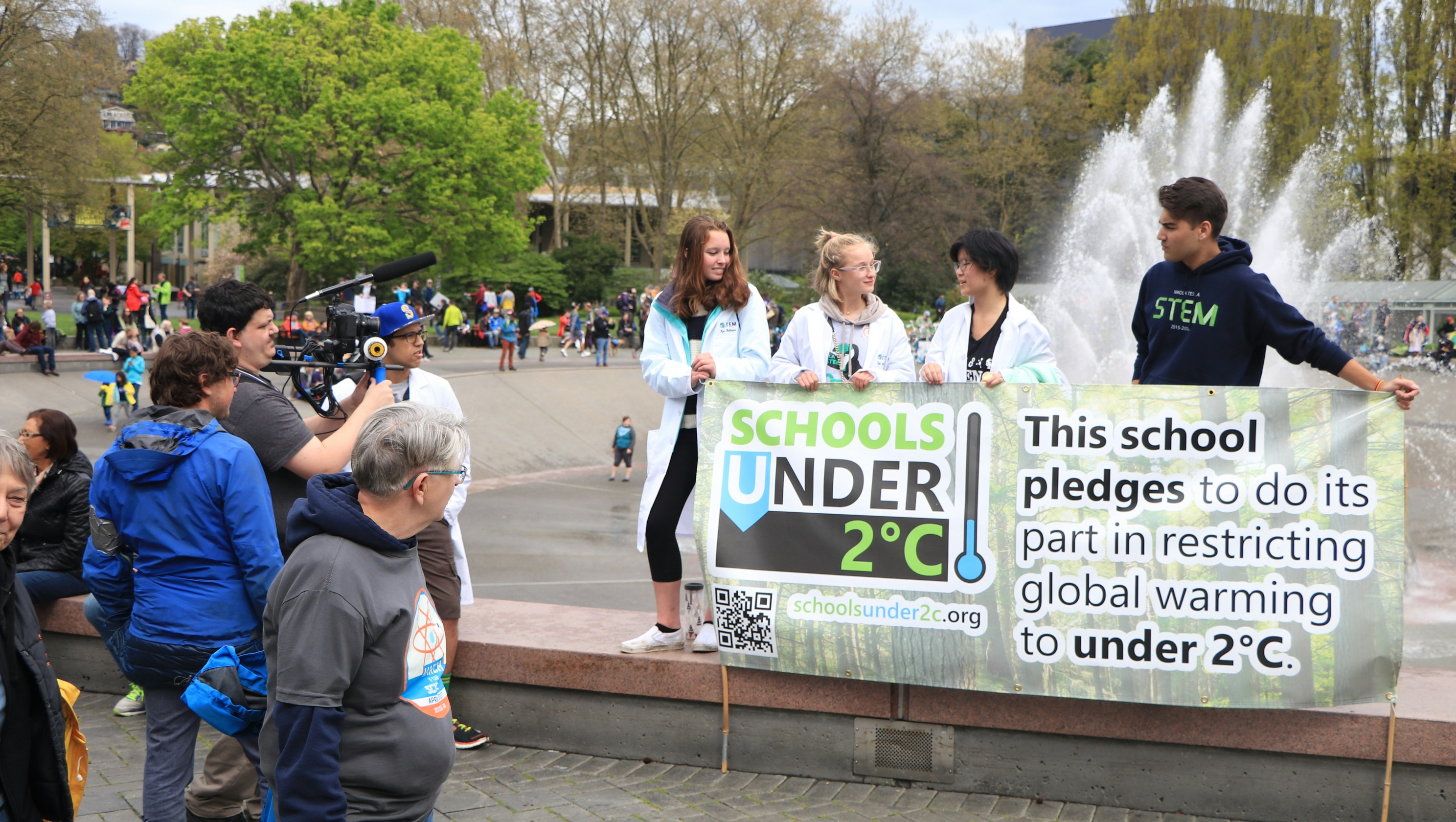Introduction to Climate Change
Climate change represents one of the most pressing global challenges of our time. It denotes long-term alterations in temperature, precipitation, and wind patterns, which can profoundly affect our environment and society.
Understanding the science behind climate change is crucial for devising effective strategies to mitigate its impacts.
The Mechanisms of Climate Change
The science of climate change primarily revolves around the greenhouse effect, a natural process where certain gases in the atmosphere trap heat from the sun. Human activities, such as burning fossil fuels and deforestation, have significantly increased the concentrations of these greenhouse gases, leading to unprecedented warming of our planet. The consequences are far-reaching, resulting in extreme weather events, rising sea levels, and alterations in biodiversity.
Addressing Climate Change
Understanding the science of climate change not only informs public policy but also empowers individuals to take action. Implementing sustainable practices, such as reducing energy consumption and advocating for renewable energy sources, can contribute to mitigating climate change. Education plays a vital role as well, as an informed society is better equipped to make impactful choices that promote environmental stewardship.
The Science Behind Climate Change:
| Aspect | Explanation | Examples |
|---|---|---|
| Greenhouse Effect | A natural process where gases trap heat in the Earth’s atmosphere, keeping the planet warm. | CO₂, CH₄, N₂O, H₂O vapor. |
| Greenhouse Gas Emissions | Human activities increase greenhouse gases, enhancing the natural effect and warming the planet. | Burning fossil fuels, deforestation, and agriculture. |
| Global Warming | Rise in Earth’s average temperature due to excess greenhouse gases. | Increased heatwaves, melting glaciers, and sea level rise. |
| Carbon Cycle Disruption | Human activities disturb the natural balance of carbon storage and release. | Excess CO₂ from fossil fuels, reduced absorption due to deforestation. |
| Radiative Forcing | The difference between the incoming solar radiation absorbed by Earth and the energy radiated back to space. | Positive forcing → warming, negative forcing → cooling. |
| Feedback Loops | Processes that amplify or reduce climate change effects. | Ice-albedo feedback (melting ice reduces reflectivity → more heat absorbed). |
| Ocean Changes | Oceans absorb heat and CO₂, altering currents and chemistry. | Ocean acidification, coral bleaching, and disrupted marine ecosystems. |
| Weather & Climate Shifts | Rising temperatures change long-term climate patterns and increase extreme events. | Droughts, floods, hurricanes, irregular rainfall. |


